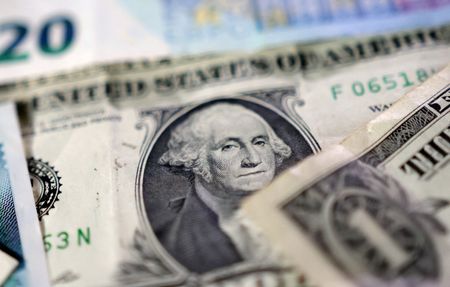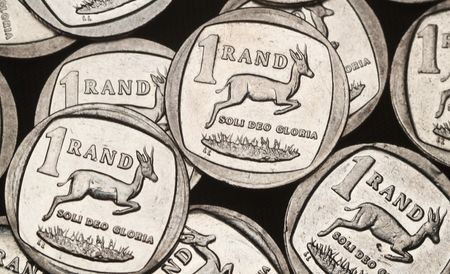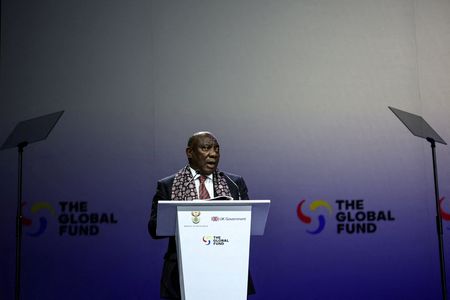By Ozan Ergenay and Tom Westbrook
LONDON/SINGAPORE (Reuters) -The yen was the worst performer against an otherwise weaker dollar on Monday, as investors watched for any signs of official buying from Tokyo to stem the slide in the Japanese currency.
A public holiday in Japan lightened trade in the Asia day and left the yen down 0.3% at 156.89 per dollar, remaining pinned near last week’s 10-month low.
Japan’s currency has been sliding on a combination of looser fiscal policies and some of the lowest interest rates in the world. It found some support on Friday, bouncing from 10-month lows after Finance Minister Satsuki Katayama stepped up verbal intervention warnings to stem the currency’s decline.
Traders see a risk of intervention somewhere between 158 and 162 yen per dollar, with Thanksgiving-thinned trade later in the week a possible window for authorities to step in.
“The yen at the moment is caught between two factors. On the one hand, you have higher rates at the front end, with the BOJ continuing to hike, and on the other side the equation is the long end of the curve, which has been moving higher on potential fiscal downside risks,” said Nick Rees, head of macro research at Monex Europe.
Rees said markets were more focussed on the longer-term risks to the Japanese economy, rather than on the short-term implications for the currency.
Japan can actively intervene in the currency market to mitigate the negative economic impact of a weak yen, Takuji Aida, a private-sector member of a key government panel, said in a television programme on public broadcaster NHK on Sunday.
Rees said intervention would help slow the rise of the dollar against the yen but would not derail it completely, given that the dynamics underpinning such a move were unlikely to change any time soon.
EURO FIRMS, STERLING FLAT AHEAD OF UK BUDGET
Elsewhere the euro rose 0.2% to $1.1531, given the resurgence in wagers on a U.S. rate cut in December. That followed New York Fed President John Williams saying there is room to lower rates in the near term.
It has offered no initial reaction to Ukraine peace plans, with Ukraine and the U.S. saying they had created an updated and refined framework that modifies last week’s 28-point plan.
The dollar index was mostly steady at 100.15 and other majors were held fairly close to recent lows.
Sterling was little changed at $1.3095 ahead of Wednesday’s budget announcement. finance minister Rachel Reeves is seeking a balance between spending to support faltering growth and demonstrating to investors that Britain can meet its fiscal targets.
The New Zealand dollar was clinging on at $0.5608, having slid nearly 8% since July on a souring economic outlook.
Markets are all but certain that the Reserve Bank of New Zealand will cut rates by 25 basis points on Wednesday, but are on the fence about whether a further reduction will follow next year.
The Australian dollar was at $0.6457, with traders looking ahead to Wednesday’s CPI reading, which will be the first full release of monthly price data. A Reuters poll showed weighted annual CPI is expected to be sticky at 3.6%.
“This type of result could, in our opinion, reinforce the view that the RBA may not cut interest rates again this cycle,” said Peter Dragicevich, Asia-Pacific currency strategist at payments firm Corpay.
Cryptocurrency markets steadied over the weekend, but pressure resumed on bitcoin in the Asia day, pulling it down 1.3% to $86,821.
(Reporting by Ozan Ergenay and Tom Westbrook, Editing by Shri Navaratnam, Amanda Cooper and Gareth Jones)










